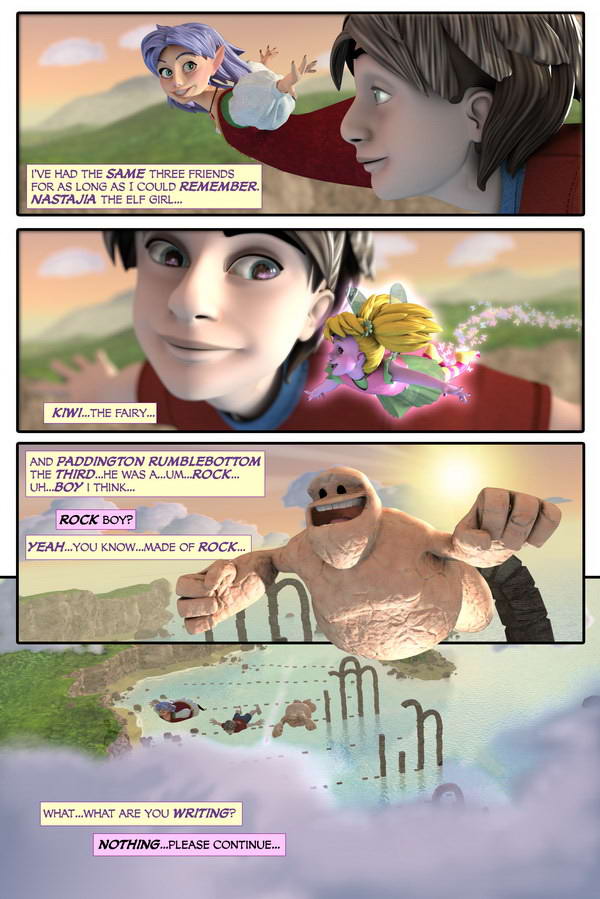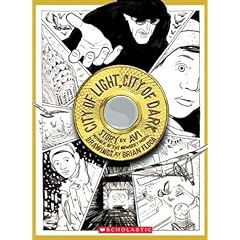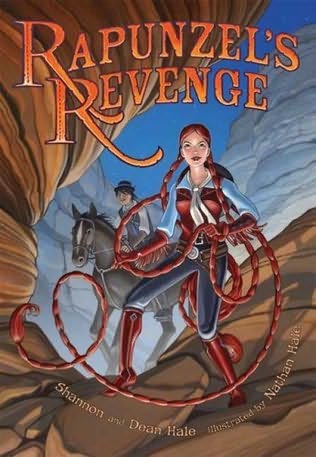 The New York Times ran a fascinating article yesterday with an update on current research and debate into the origins and nature of hobbits...
The New York Times ran a fascinating article yesterday with an update on current research and debate into the origins and nature of hobbits...Not the hobbits that crawled into the wastes of Mordor with a magic ring; no, this article is about homo floriensis, a cousin-race to humans whose fossils and tools were discovered on a South Pacific island (Flores) a few years back. For those not in the know, this is a species of tool-users who stood less than three feet high and who went extinct on that isolated island about 17,000 years ago. The scientific community -- or the media (I'm not entirely sure which) -- has dubbed this lost species "hobbits." A hobbit skull is little larger than a grapefruit, yet they were adept tool-users.
The wonder of the extinct hobbits is that no one knows where they came from or how exactly they are related to us. Were their ancestors the seven-foot tall Erectus, the giants out of the west? Or did the Little People come first? Where is the common ancestor? A number of theories have been advanced, and the New York Times gives an admirably summary, very worth a read. Paleontologists share something in common with readers of fairy tales -- they operate in a state of wonder, and love riddles.
A further wonder, to my mind, is the thought that there once were Little People, quite literally. Are the stories in so many cultures throughout the Old World and parts of the New descended from some species-memory of Homo floriensis, some encounter thousands of years back? Or did our ancestors ever meet the hobbits?











